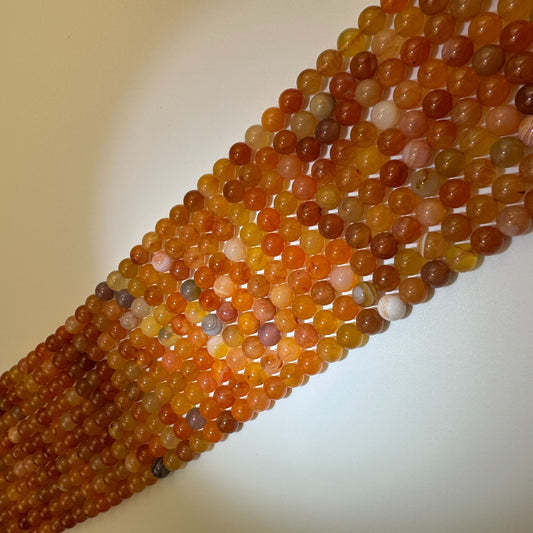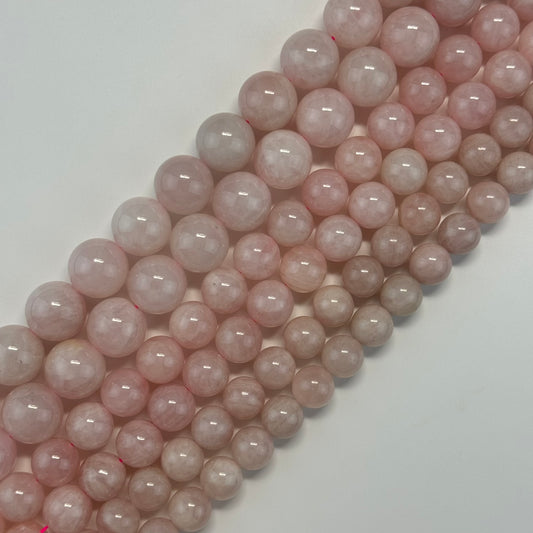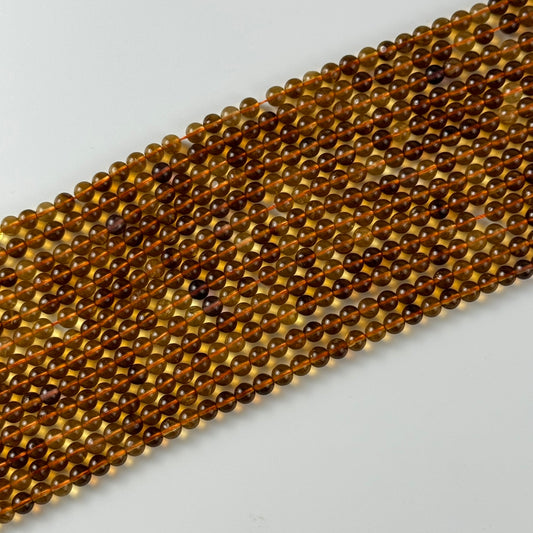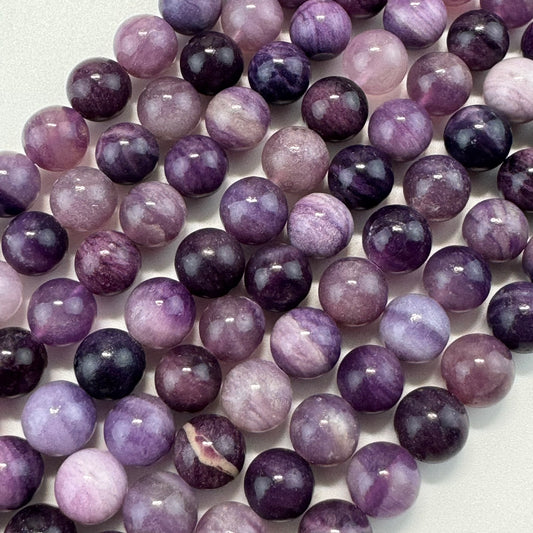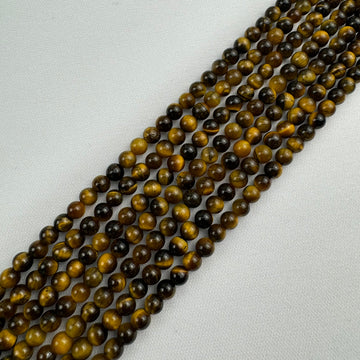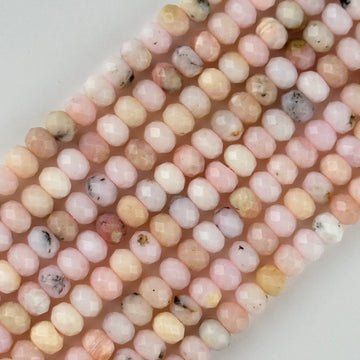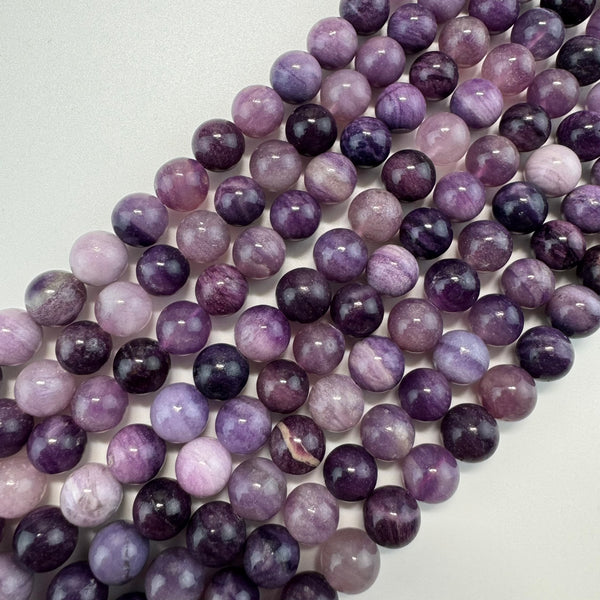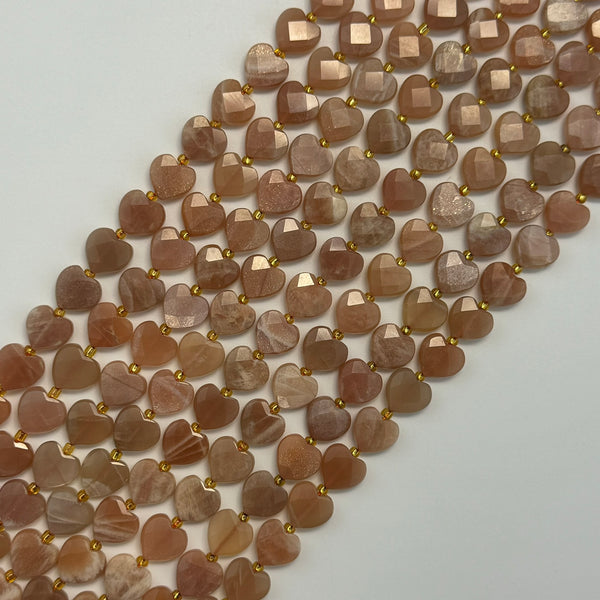RezaGemCollection
Chrysocolla Beads - Faceted Round Beads
Chrysocolla Beads - Faceted Round Beads
⚡ Price per Strand
Couldn't load pickup availability
Product Details
- Stone Type: Chrysocolla
- Size Range: 6.5 mm
- Strand Length: Approx. 15¾ inches / 40 cm
- Shape: Round
- Grade Quality: High Quality Natural Beads
- Finish: Faceted
Product Description:
Elevate your jewelry with the vibrant beauty of our Chrysocolla Faceted Round Beads. Their rich blue-green tones and sparkling facets make them perfect for bracelets, necklaces, earrings, or creative projects. Chrysocolla is celebrated for promoting emotional balance, communication, and inner calm, adding both elegance and meaningful energy to your designs. 🌿💎
Features & Benefits:
-
100% Natural Chrysocolla: Genuine stones with authentic, untreated blue-green hues.
-
Faceted Round Shape: Reflects light beautifully for added sparkle and sophistication.
-
Emotional Clarity & Balance: Supports calmness, communication, and positive energy.
-
Versatile Jewelry Use: Perfect for gemstone bracelets, necklaces, wire-wrapped pieces, and DIY projects.
-
Jewelry-Ready Quality: Smoothly drilled and polished for seamless stringing and professional results. ✨
Chrysocolla Beads - Faceted Round Beads are a unique addition to any jewelry collection. These high-quality beads are crafted from natural chrysocolla, which exhibits a rich blue-green color that shimmers in the light. The faceted shape gives these beads added sparkle and dimension, making them perfect for use in necklaces, bracelets, and other jewelry designs. Each bead has been carefully cut and polished to reveal its full beauty, ensuring that they will catch the eye of anyone who sees them. Whether you're a professional jewelry designer or just starting out, these beads are sure to inspire creativity and add a touch of sophistication to any piece. With their durable construction and versatility, Chrysocolla Beads - Faceted Round Beads are a must-have for anyone looking to elevate their jewelry design game.
Size Range: Before purchasing, you may want to check the Bead Size Chart to ensure the perfect fit for your project.
Share









Howlite on Sale – Limited Time Offer
-
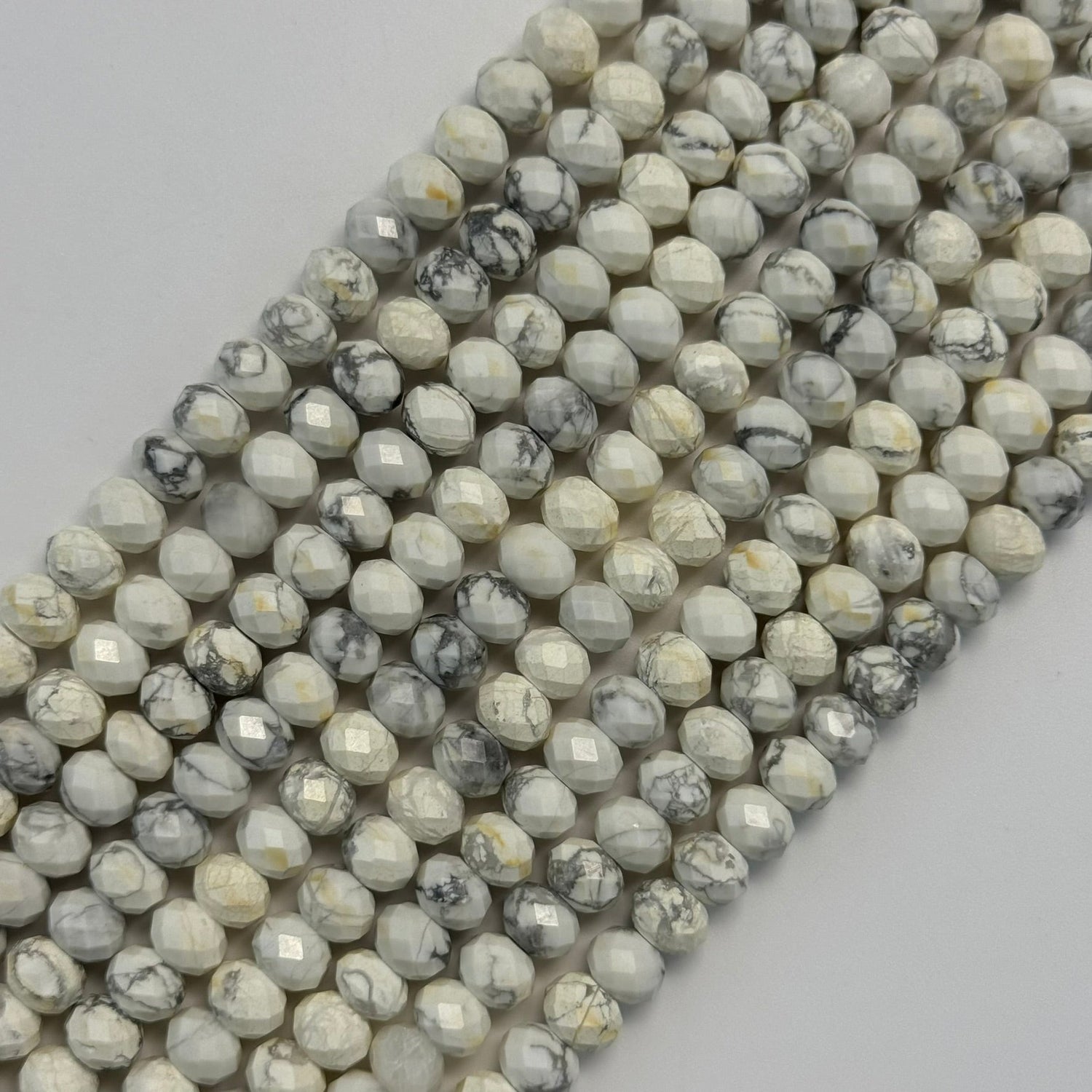
Howlite Gemstone Beads
Howlite Howlite is a borate mineral typically found in white or grayish...
Featured Products
-
Sugilite Polished Round Beads
From $60.00Sale
Top Gemstone Beads and Freshwater Pearls Collections
-

Faceted Rondelle Beads: Crystal & Gemstone Rondelle Beads for Jewelry Making, Beaded Necklaces, and More
Shop our rondelle faceted gemstone beads, featuring colors like black and red,...
-
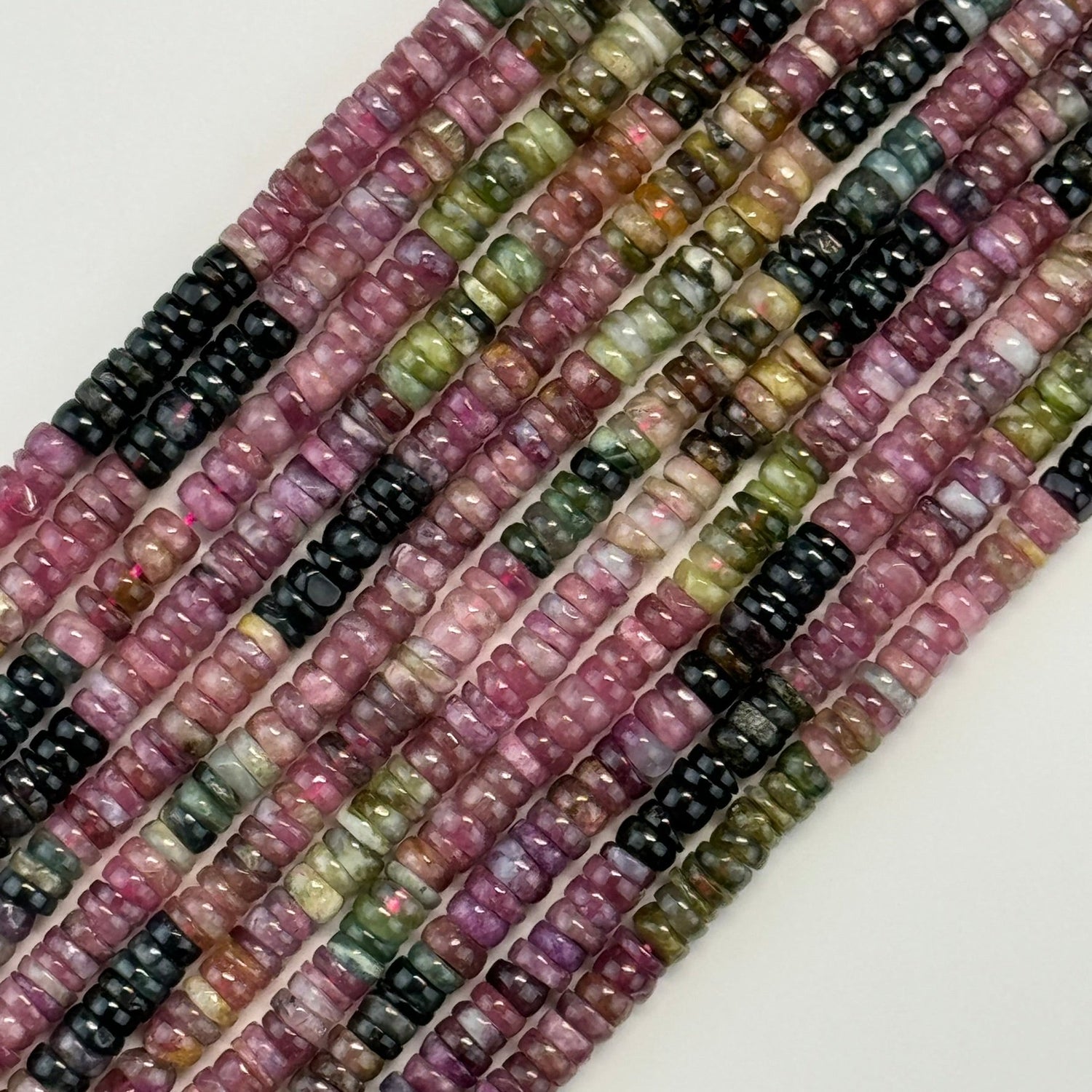
Polished Rondelle Stone Beads
Shop our collection of rondelle beads, featuring polished crystal and gemstone options...
-
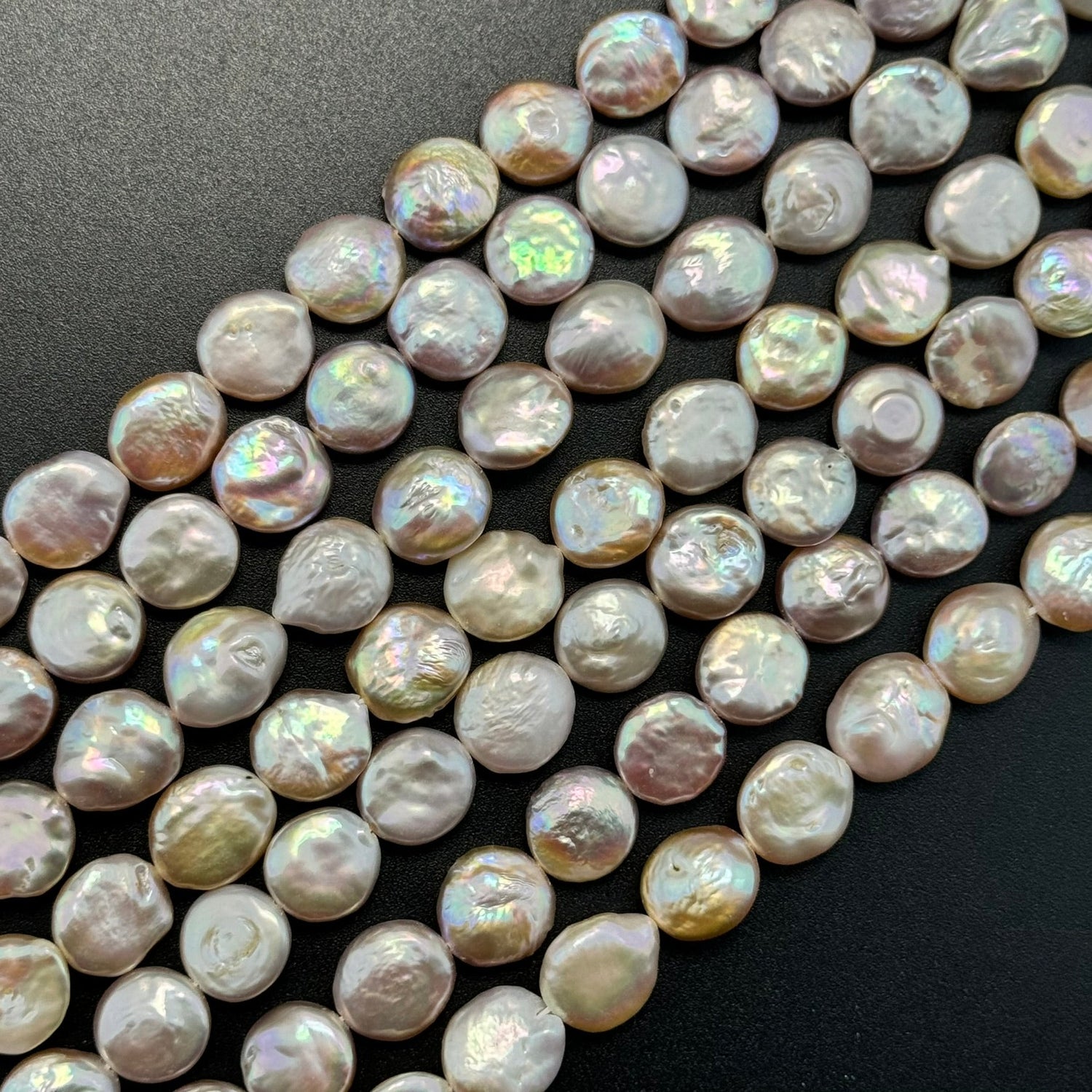
Freshwater Cultured Pearls for Your Jewelry Projects — Necklaces, Bracelets, Earrings, Rings in Pink, Black & More Colors
Wide variety of natural colors: pink, black, white, peach, blue Affordable and...
-
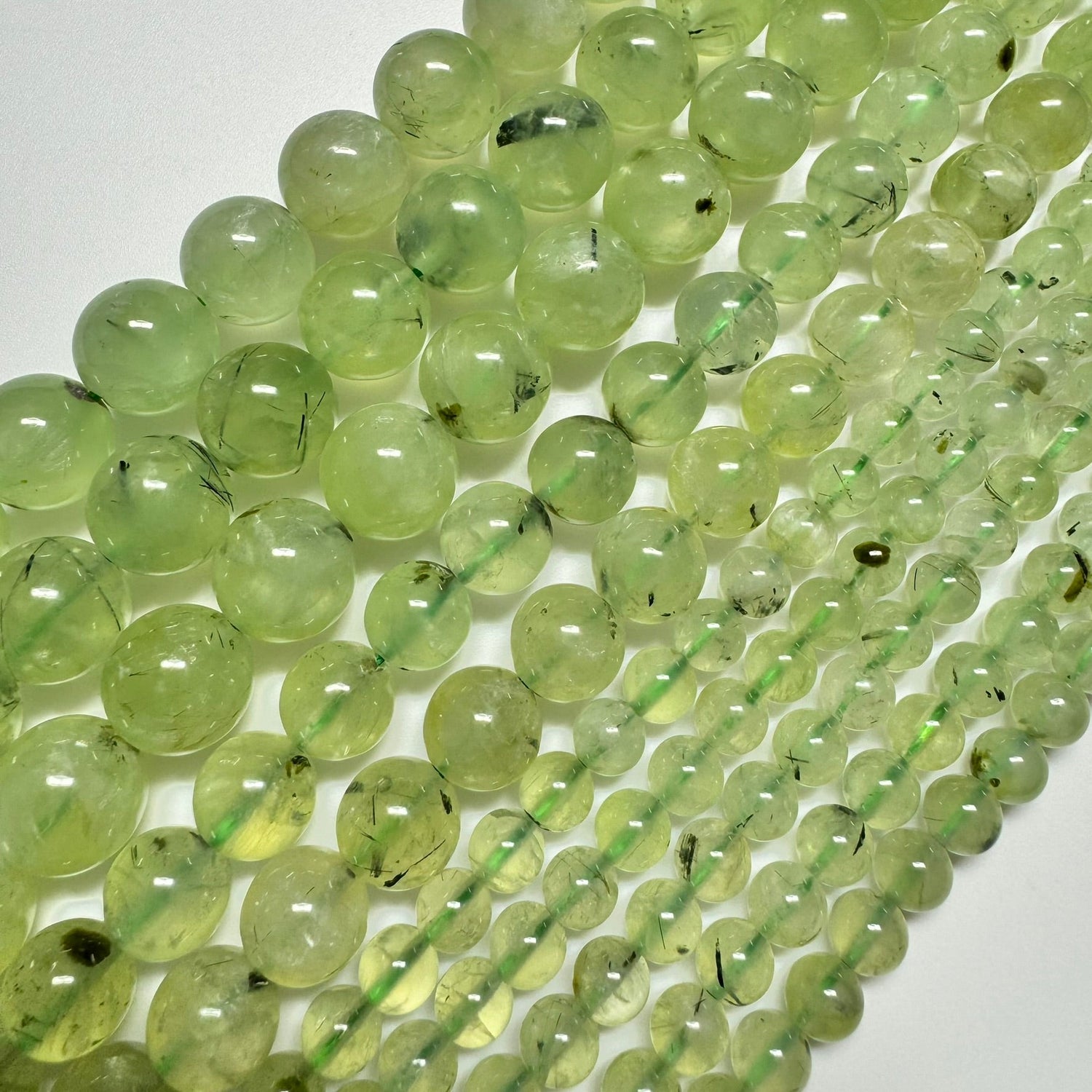
Green Precious & Semi Precious Stones
Shop green-colored precious stones. you can find and semi-precious stones, including: emerald,...
Freshwater Cultured Pearls
-

Freshwater Cultured Pearls for Your Jewelry Projects — Necklaces, Bracelets, Earrings, Rings in Pink, Black & More Colors
Wide variety of natural colors: pink, black, white, peach, blue Affordable and...
Happy Customers at Reza Gem Collection
Discover real customer video testimonials and reviews for Reza Gem Collection. See why jewelry makers and bead lovers trust Reza Piroznia for authentic gemstone and crystal beads in Canada and worldwide.
September Birthstone
-
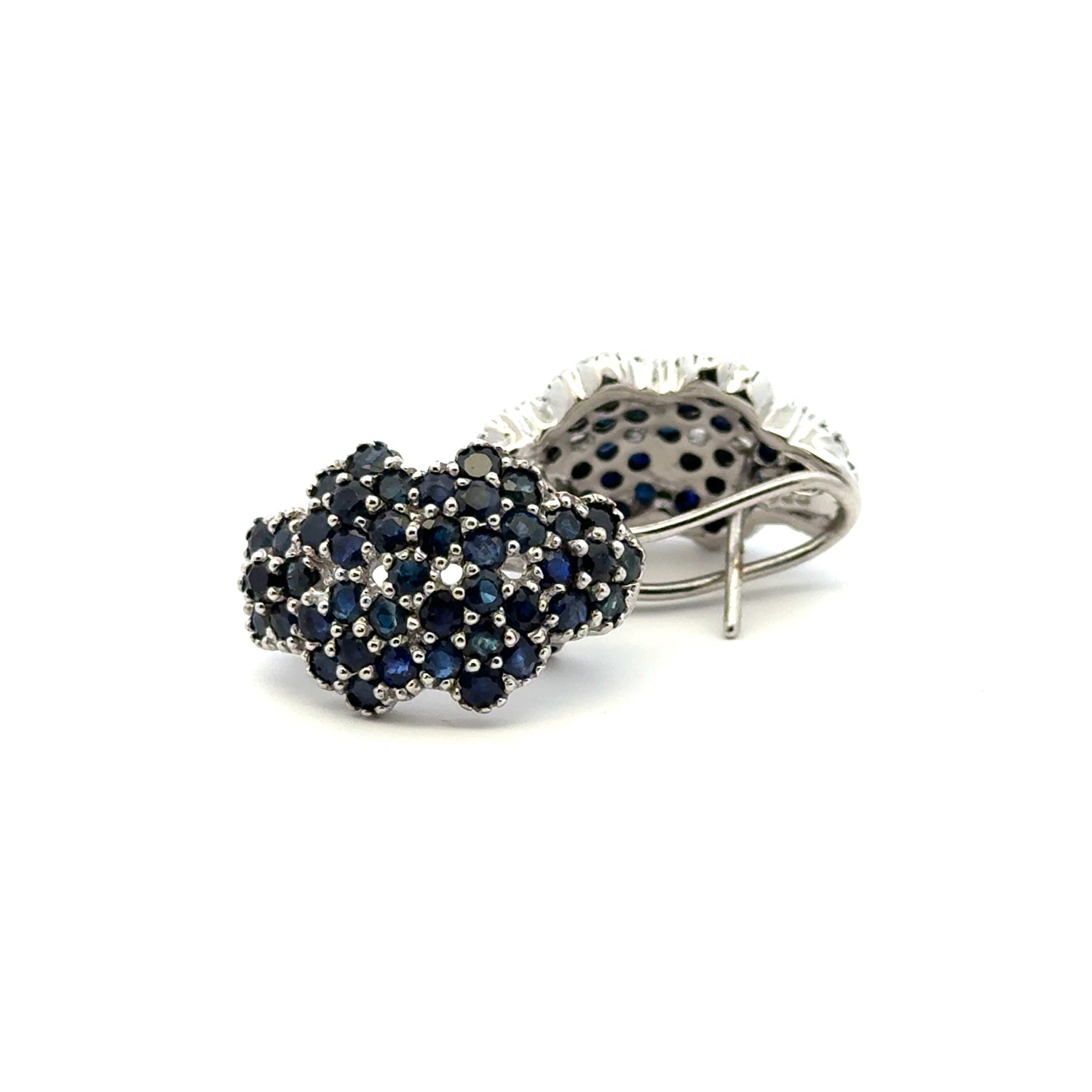
September Birthstone
September Birthstone - Sapphire The September birthstone is the stunning sapphire, a...










